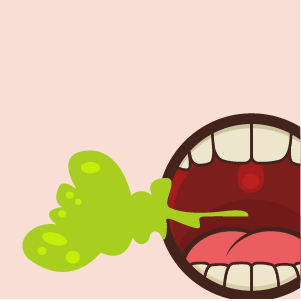
If you’ve visited your dentist recently, you’ve probably heard the term “periodontal disease.” But what is it?
What it is
Periodontal disease, commonly referred to as gum disease, is an inflammation of the gums and bone that support teeth. Gum disease is your mouth’s natural reaction to harmful bacteria. Think about what happens if you have a splinter in your finger for a while – your skin around the splinter becomes inflamed and tender. Our body reacts the same for any bacterial infection – including one in your mouth.
The stages
The early stages of gum disease are called gingivitis. This is where the gums become red, swollen and may bleed due to inflammation. The most serious form of gum disease is called Periodontitis. This is when the gums pull away from the tooth and can be destroyed. Supporting bone may be lost also. When this happens, the teeth may loosen and fall out.
How does it happen?
Periodontal disease can occur rapidly or can progress slowly over time. Genetics, age, smoking, diet, medications and an inadequate your oral health routine are all risk factors. Research has shown that periodontal disease is connected to other diseases as well, such as diabetes and heart disease. Inflammation may be the common link.
What can I do?
A thorough dental examination is important to determine if you have or are at risk for periodontal disease. Dentists can care for gum disease using a wide variety of treatment options. Be sure to discuss these options to determine the best plan for you. Early detection and prevention are key to having a healthy mouth o so be sure to follow a basic oral health routine (brush twice per day and floss daily) and visit your doctor twice a year for a routine cleaning and checkup!






